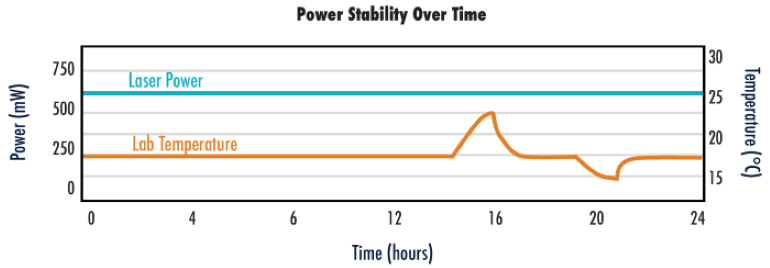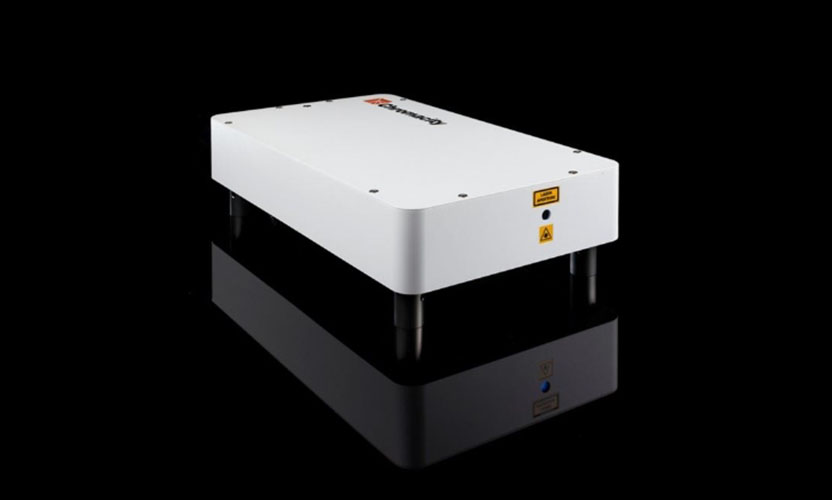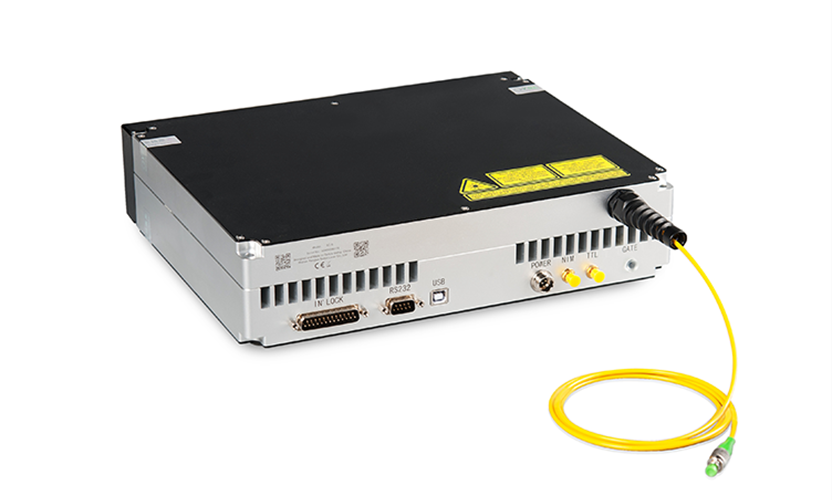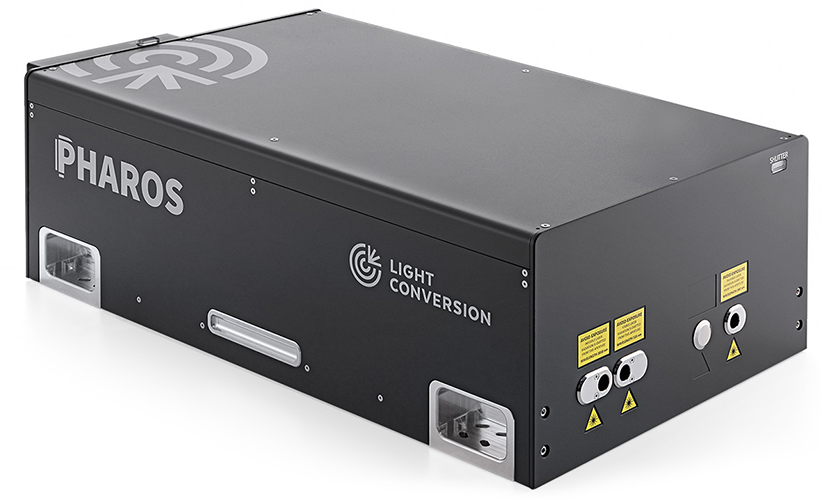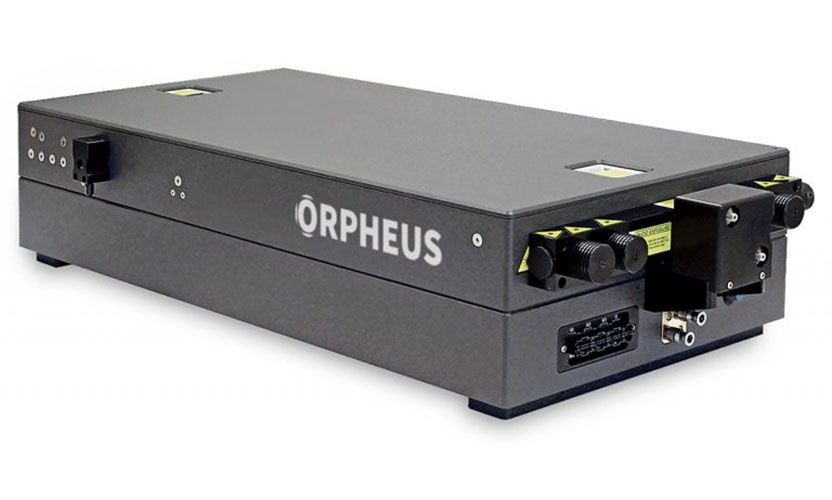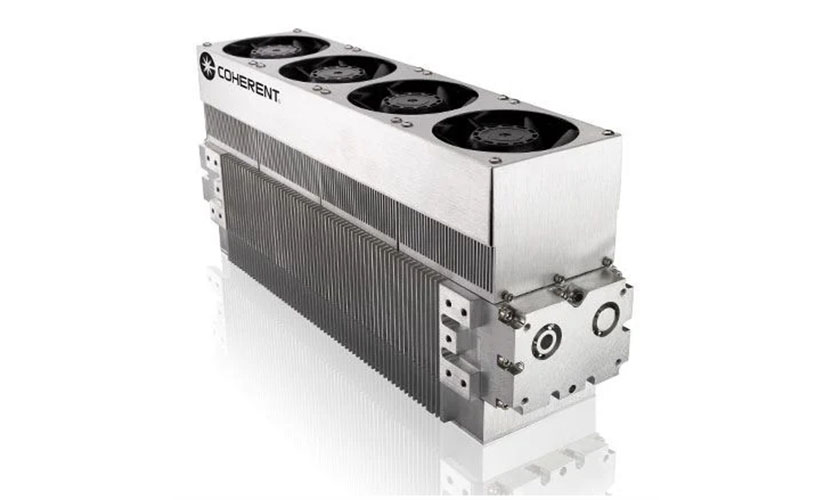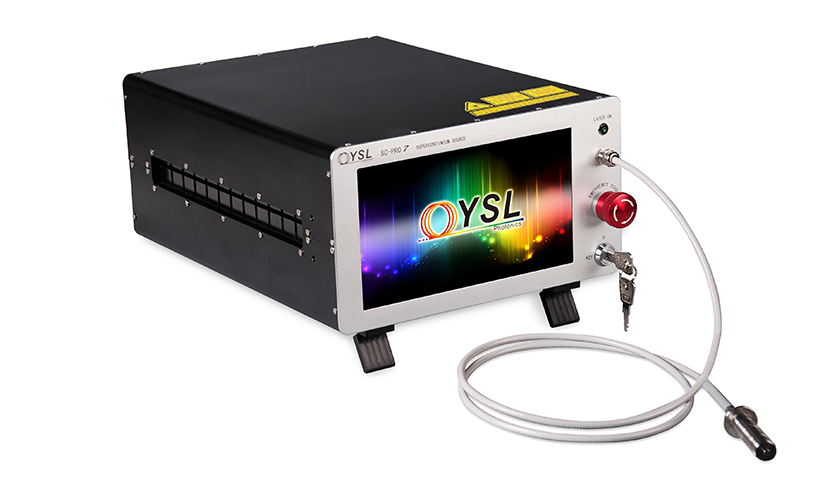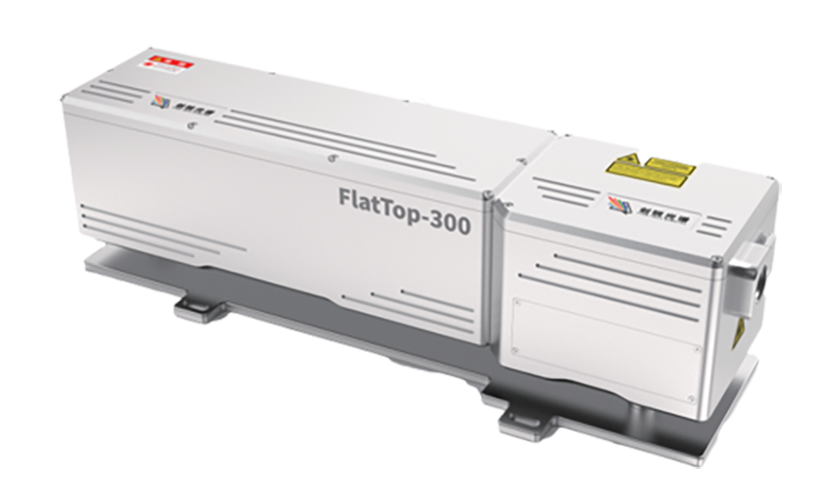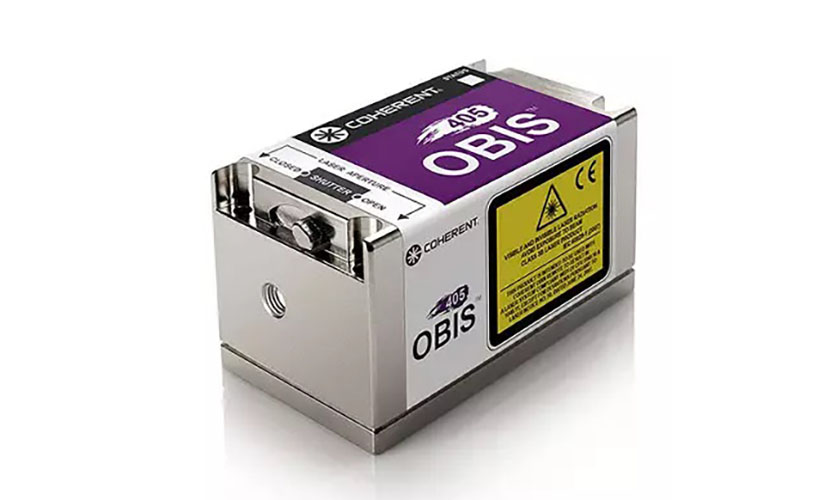Product Specification
| Polarization. | Linear | Output type. | Free Space |
| Dimensions (mm). | 426 x 250 x 108 | Beam divergence (milliradians). | <2 |
| Wavelength (nm). | 1,040.00 | Laser class - CDRH. | 4 |
| Model quality, M2. | <1.2 | Colors. | Infrared |
| Power Requirements. | 110-240V AC, 80W | Model. | Chromacity 1040 High Power |
| Cooling method : | Air | Pulse width (fs). | <150 |
| Output power (W). | 4 | Pulse Repetition Rate PRR (MHz). | 100 |
| Beam Diameter (mm). | 0.5 – 1.2 | Pulse Energy (nJ). | >35 |
| Manufacturer. | Chromacity |
particulars
Chromacity ultrafast lasers are designed to deliver high-power, stabilized femtosecond pulses (fs) for powerful, simple, cost-effective systems. These lasers feature a compact fiber optic construction that occupies a fraction of the bench space of comparable Ti:sapphire systems, as well as air-cooling and energy-saving features. Utilizing a fiber also makes the system itself less prone to misalignment, reducing setup time to only a few hours.Chromacity ultrafast lasers are available in wavelengths of 520 or 1040 nm with output powers of 2 to 4 W. These laser systems are ideal for a variety of imaging and research applications such as multiphoton microscopy, supercontinuum generation, and quantum imaging.
The longer wavelength of the Chromacity 1040nm laser (compared to Ti:sapphire) allows deeper penetration into the sample and detection of multiple fluorescent markers. The high output power increases the flexibility to run multiple experiments while maintaining a good signal-to-noise ratio, while the high average power coupled with excellent beam quality ensures that the highest intensities can be achieved to drive nonlinear effects such as 3D multiphoton imaging.The Chromacity 1040nm lasers are ideal for life sciences microscopy applications, including two-photon and second harmonic generation (SHG), light sheet/selective plane illumination microscopy (SPIM), spectroscopy applications including FTIR for remote inspection and process control, as well as fundamental spectroscopy research, materials characterization applications including photopolymerization, nanoparticle deformation and sintering, and fundamental photonics research in nonlinear optics, quantum communications, and quantum entanglement.
The Chromacity 520nm laser has many of the same applications, including vibrational spectroscopy and semiconductor failure analysis.
Technical data
